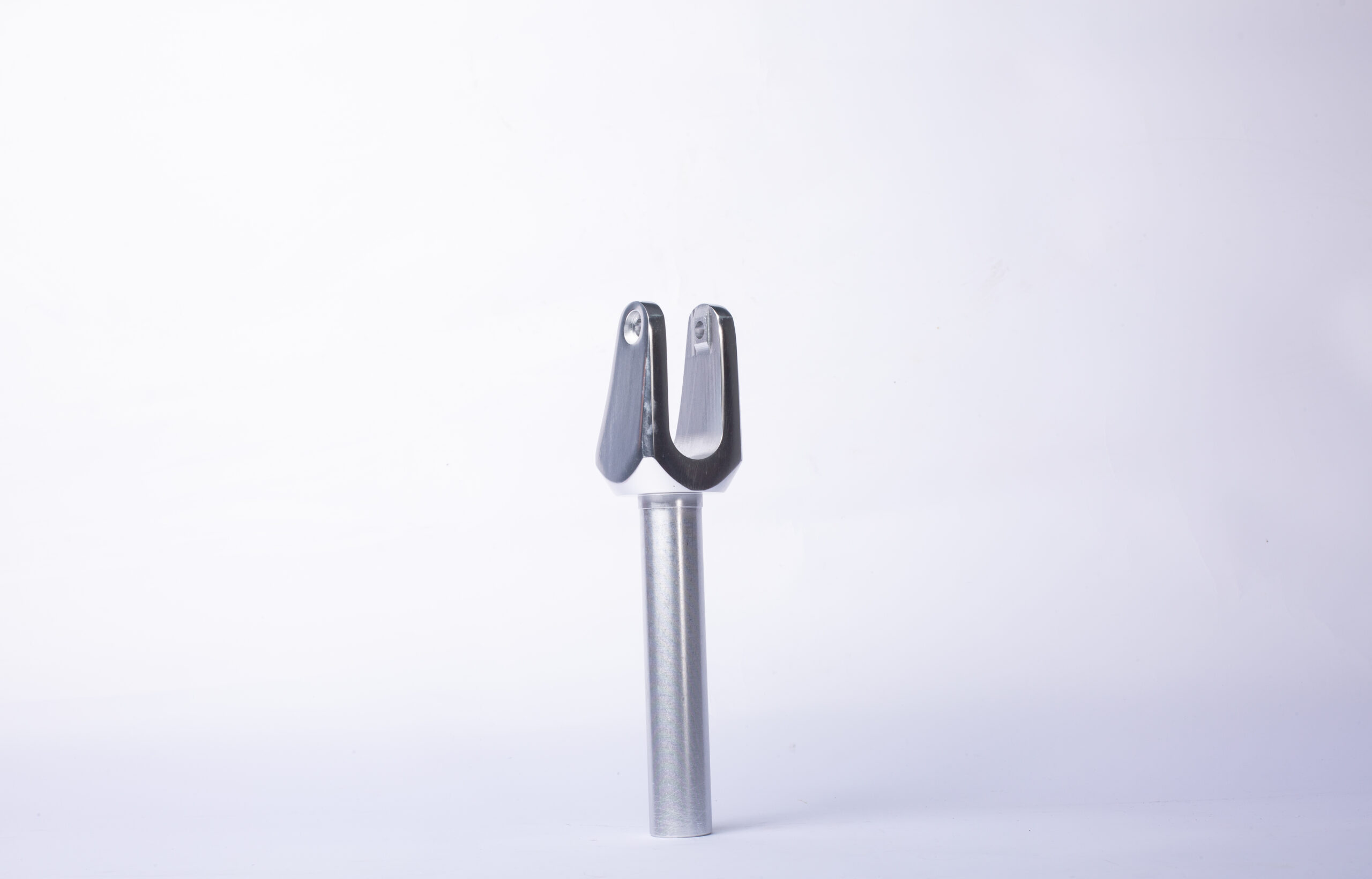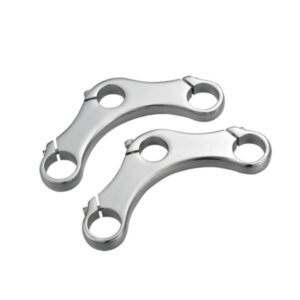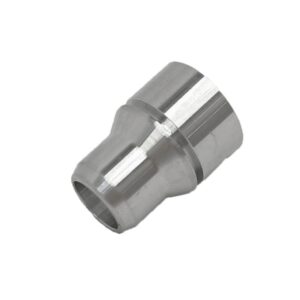we specialize in the production of high-precision aluminum forgings for a diverse range of applications. Our products are known for their strength, durability, and resistance to corrosion, making them ideal for use in industries such as aerospace, automotive, defense, and oil and gas.
Some of our popular products include:
- Aerospace components: We supply a wide range of aluminum forgings for use in aircraft structures, landing gear, and engine components. Our forgings are made from premium grade aluminum alloys, ensuring maximum strength and reliability.
- Automotive parts: We manufacture various automotive parts such as steering knuckles, control arms, and transmission components. Our forgings are designed to meet the rigorous demands of the automotive industry, providing superior performance and longevity.
- Defense equipment: AFC is a trusted supplier of high-strength aluminum forgings for military equipment such as missiles, tanks, and armored vehicles. These forgings are designed to withstand extreme conditions and provide exceptional performance in critical situations.
- Oil and gas components: Our forgings are also used in the oil and gas industry for various applications such as drilling equipment, valves, and pipelines. Our products are designed to withstand harsh environments and high pressures, ensuring reliable performance in the field.
quality is our top priority. We adhere to strict quality control measures throughout the production process to ensure that our products meet the highest standards. We have a dedicated quality assurance team that conducts regular inspections and tests to ensure that our products are defect-free and meet all customer requirements. In addition, we are ISO 9001 certified, further demonstrating our commitment to providing superior quality products and services.
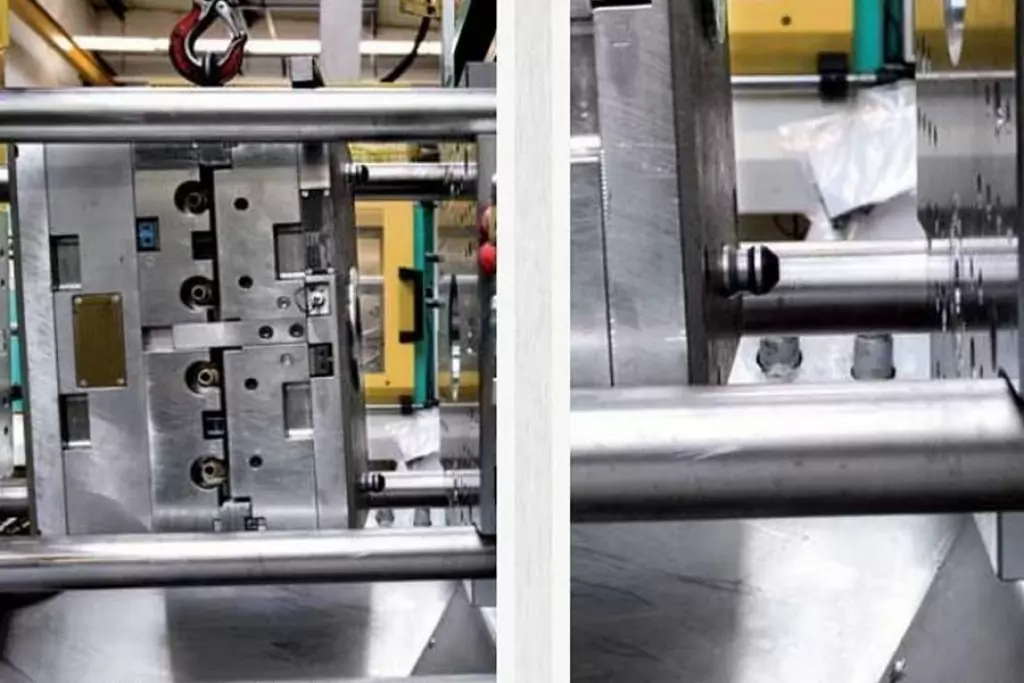
Aluminum forging is a manufacturing process that involves shaping aluminum alloys into desired shapes through the use of heat, pressure, and specialized tools. It is a popular method for producing strong and lightweight metal parts for various industries such as aerospace, automotive, and construction. By heating aluminum alloys to high temperatures and subjecting them to compressive forces, the material is transformed into the desired shape, resulting in a finished product with excellent strength, durability, and dimensional accuracy. This process also allows for the creation of complex and intricate designs, making it a versatile option for a wide range of applications. With its numerous advantages and advancements in technology, aluminum forging has become a preferred choice for producing high-quality and cost-effective metal components.
Aluminum forging is a metal forming process that involves shaping heated aluminum material through compressive forces. This technique is used to make high-strength, lightweight and durable components for various industries, including aerospace, automotive, and construction. With its excellent strength-to-weight ratio, aluminum forging allows for the production of complex and intricate shapes that cannot be achieved through other methods. The process also enhances the mechanical properties of the material, resulting in improved strength, toughness, and corrosion resistance. Furthermore, aluminum forging offers a cost-effective and sustainable solution, as it requires less machining and waste material compared to other manufacturing methods. As a versatile and efficient process, aluminum forging is widely adopted to create a wide range of products, from small precision components to large structural parts.

Aluminum forging is a specialized process that involves shaping aluminum into desired forms through the application of pressure and heat. It is a widely used manufacturing method for creating strong and durable components for a variety of industries, such as aerospace, automotive, and construction. With its unique properties of being lightweight, corrosion-resistant, and high strength, aluminum has become a popular choice for forging applications. In this process, aluminum billets are heated to a specific temperature, placed in a die, and then compressed by a forging press to form the desired shape. This results in a high-quality piece with enhanced mechanical properties and a refined surface finish. Let’s dive deeper into the world of aluminum forging and explore its benefits and applications.
1.How are the mechanical properties of an aluminum forging tested and evaluated?
2.What are the challenges associated with machining or finishing aluminum forgings?
3.What is aluminum forging and how does it differ from other metal forging processes?
4.Are there any advantages to using aluminum forgings over castings or extrusions?
5.How does the cost of aluminum forgings compare to other manufacturing methods, such as casting or machining?
6.What are the main factors to consider when selecting a supplier for aluminum forgings?
1.How are the mechanical properties of an aluminum forging tested and evaluated?
The mechanical properties of an aluminum forging are typically tested and evaluated using various standardized tests and methods. These tests are designed to measure the strength, ductility, toughness, and other important properties of the forging.
- Tensile Testing: This test measures the maximum amount of tensile stress that a material can withstand before breaking. A sample of the aluminum forging is pulled apart using a tensile testing machine, and the resulting stress-strain curve is used to determine the ultimate tensile strength, yield strength, and elongation of the material.
- Hardness Testing: This test measures the resistance of the aluminum forging to indentation or scratching. The most common method for testing the hardness of a forging is the Rockwell hardness test, which involves pressing a diamond or steel ball into the surface of the forging and measuring the depth of the indentation.
- Impact Testing: This test measures the ability of the aluminum forging to withstand sudden impacts or shocks. A sample of the forging is subjected to a high-velocity impact using a pendulum or drop weight, and the amount of energy absorbed by the material is measured. This test is used to evaluate the toughness and impact resistance of the forging.
- Fatigue Testing: This test measures the ability of the aluminum forging to withstand repeated loading and unloading cycles without failure. A sample of the forging is subjected to cyclic loading until it fails, and the number of cycles required to cause failure is recorded. This test is important for evaluating the durability and reliability of the forging.
- Microstructure Analysis: The microstructure of the aluminum forging is examined using a microscope to evaluate the grain size, distribution of phases, and any defects or imperfections in the material. This analysis can provide valuable information about the quality and integrity of the forging.
- Chemical Analysis: The chemical composition of the aluminum forging is determined using techniques such as spectroscopy or X-ray fluorescence. This analysis is important for ensuring that the forging meets the required specifications and does not contain any impurities or contaminants.
- Non-Destructive Testing: Non-destructive testing methods, such as ultrasonic testing, magnetic particle testing, or dye penetrant testing, can be used to detect any internal defects or flaws in the aluminum forging without causing damage to the material.
Based on the results of these tests, the mechanical properties of the aluminum forging can be evaluated and compared to the required specifications. Any deviations or deficiencies can be identified and addressed to ensure the quality and performance of the forging
2.What are the challenges associated with machining or finishing aluminum forgings?
1. Work hardening: Aluminum forgings can become harder and more difficult to machine as they are worked and shaped. This can lead to increased tool wear and slower machining speeds.
- Heat sensitivity: Aluminum is a highly heat-sensitive material, meaning that it can easily deform or warp when exposed to high temperatures. This can be a challenge when machining or finishing aluminum forgings, as the heat generated by cutting tools can affect the shape and dimensions of the part.
- Chip control: Aluminum is a soft and ductile material, which can result in long, stringy chips during machining. These chips can be difficult to control and can cause issues with tooling and surface finish.
- Surface finish: Achieving a smooth and consistent surface finish on aluminum forgings can be challenging due to the material’s softness and tendency to deform under pressure. This can be especially problematic for complex or intricate shapes.
- Tool selection: Choosing the right cutting tools for machining aluminum forgings can be a challenge. The material’s softness and tendency to work harden can require specialized tooling to achieve efficient and accurate machining.
- Burrs and sharp edges: Aluminum forgings can have sharp edges and burrs that need to be removed during finishing. This can be a time-consuming and labor-intensive process, especially for complex or intricate parts.
- Material variability: The composition and properties of aluminum forgings can vary depending on the alloy and manufacturing process used. This can make it challenging to develop a consistent and efficient machining or finishing process.
- Dimensional stability: Aluminum forgings can be prone to dimensional changes during machining or finishing due to their sensitivity to heat and pressure. This can make it difficult to maintain tight tolerances and achieve precise dimensions.
- Safety concerns: Machining and finishing aluminum forgings can produce fine aluminum dust, which can be a health hazard if inhaled. Proper safety measures, such as using appropriate ventilation and personal protective equipment, must be taken to minimize the risk of exposure.
- Cost: Machining and finishing aluminum forgings can be more expensive compared to other materials due to the specialized tooling and processes required. This can be a challenge for manufacturers looking to reduce costs and improve efficiency.
3.What is aluminum forging and how does it differ from other metal forging processes?
Aluminum forging is a metalworking process in which aluminum is heated and shaped using compressive forces. This process involves heating the aluminum to a high temperature and then applying pressure to shape it into a desired form. The heated aluminum is typically placed in a die, which is a tool with a specific shape, and then compressed using a hammer or press.
Aluminum forging differs from other metal forging processes in several ways. One key difference is the temperature at which the metal is heated. Aluminum has a lower melting point compared to other metals commonly used in forging, such as steel or iron. This means that aluminum can be heated to a lower temperature, making it easier to work with and reducing the risk of overheating and damaging the metal.
Another difference is the type of equipment used. Aluminum forging typically requires specialized equipment, such as a hydraulic press or a drop hammer, that is specifically designed to work with the lower temperatures and softer nature of aluminum.
The final product of aluminum forging also differs from other metal forging processes. Due to its lower melting point, aluminum can be forged into more intricate and complex shapes, making it a popular choice for applications that require lightweight and high-strength components, such as in the aerospace and automotive industries.
Overall, aluminum forging is a unique metalworking process that offers distinct advantages over other forging methods, making it a popular choice for a wide range of industrial applications.
4.Are there any advantages to using aluminum forgings over castings or extrusions?
1. Strength and Durability: Aluminum forgings have a higher strength-to-weight ratio compared to castings or extrusions. This means that they can withstand higher loads and stresses without deforming or breaking, making them more durable and long-lasting.
- Improved Mechanical Properties: The forging process involves shaping the metal under high pressure, which results in a more uniform grain structure and improved mechanical properties such as toughness, fatigue resistance, and impact strength.
- Tighter Tolerances: Forgings can be produced with tighter tolerances compared to castings or extrusions. This is because the forging process allows for more precise shaping and control over the final dimensions of the part.
- Better Surface Finish: Forgings have a smoother surface finish compared to castings or extrusions. This is because the high pressure and repeated hammering during the forging process compresses the metal, resulting in a finer grain structure and a smoother surface.
- Cost-Effective for High-Volume Production: Forgings are more cost-effective for high-volume production compared to castings or extrusions. This is because the forging process is highly automated and can produce large quantities of parts quickly and efficiently.
- Design Flexibility: Forgings offer more design flexibility compared to castings or extrusions. This is because the forging process allows for the creation of complex shapes and intricate details that may not be possible with other manufacturing methods.
- Resistance to Corrosion: Aluminum forgings have a higher resistance to corrosion compared to castings or extrusions. This is because the forging process results in a more compact and dense structure, making it less susceptible to corrosion.
- Environmentally Friendly: Forging is a more environmentally friendly manufacturing process compared to casting or extrusion. This is because it produces less waste and uses less energy, making it a more sustainable option for producing aluminum parts.
5.How does the cost of aluminum forgings compare to other manufacturing methods, such as casting or machining?
The cost of aluminum forgings can vary depending on the size, complexity, and quantity of the parts being produced. However, in general, aluminum forgings tend to be more expensive than casting and machining methods.
Casting is typically the most cost-effective method for producing large quantities of simple shapes, as it involves pouring molten metal into a mold and allowing it to solidify. However, casting can result in lower strength and less precise parts compared to forgings.
Machining, on the other hand, involves removing material from a solid block of metal to create the desired shape. This method can be more expensive than casting, as it requires more labor and time to produce each part. Machining is often used for producing complex and precise parts, but it can be less cost-effective for large quantities.
Aluminum forgings, while more expensive than casting and machining, offer several advantages that can justify the higher cost. Forgings are stronger and more durable than cast or machined parts, making them suitable for high-stress applications. They also have a more uniform grain structure, which can improve the overall quality and reliability of the part. Additionally, forgings can be produced in a wider range of shapes and sizes compared to casting and machining.
Overall, the cost of aluminum forgings may be higher than other manufacturing methods, but the benefits of strength, durability, and versatility can make them a more cost-effective choice in the long run.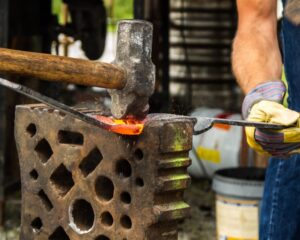
6.What are the main factors to consider when selecting a supplier for aluminum forgings?
1. Quality: The quality of the aluminum forgings is crucial as it directly affects the performance and durability of the final product. It is important to select a supplier who has a proven track record of producing high-quality forgings.
- Experience and Expertise: Look for a supplier who has extensive experience and expertise in producing aluminum forgings. They should have a thorough understanding of the forging process and be able to provide technical support and guidance.
- Production Capacity: The supplier’s production capacity should match your requirements. They should be able to meet your demand for aluminum forgings in terms of quantity, size, and complexity.
- Material Selection: The supplier should have a wide range of aluminum alloys available to meet your specific needs. They should also be able to provide guidance on the best alloy for your application.
- Certifications and Standards: The supplier should have the necessary certifications and comply with industry standards for aluminum forgings. This ensures that the forgings meet the required quality and safety standards.
- Cost and Pricing: While cost is an important factor, it should not be the sole determining factor. It is important to consider the overall value and quality of the forgings rather than just the price.
- Lead Time and Delivery: The supplier should have a reliable and efficient production process to ensure timely delivery of the forgings. They should also have a contingency plan in case of any delays.
- Customer Service: A good supplier should have excellent customer service and be responsive to your needs. They should be able to provide timely updates and address any concerns or issues that may arise.
- Reputation and References: Do your research and check the supplier’s reputation in the industry. Ask for references and feedback from their previous customers to get an idea of their reliability and quality of service.
- Location: Consider the location of the supplier in relation to your business. A local supplier may offer more convenience and cost savings in terms of transportation and logistics.

